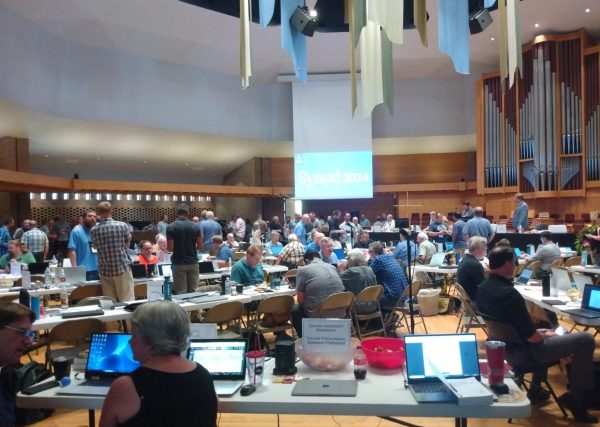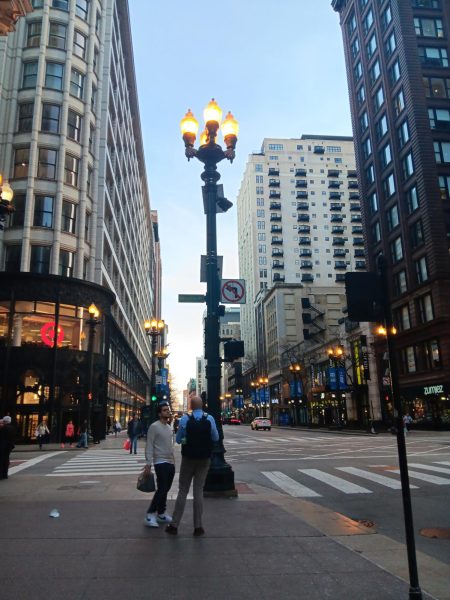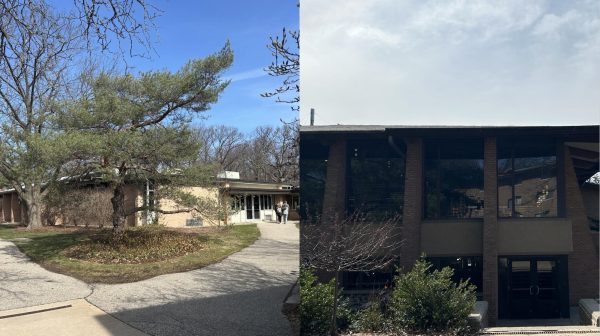Explained: How campus safety uses body cameras
For the last six years, armed Campus Safety officers have been required to wear body cameras while on duty. These small devices aid officers in gathering accurate and impartial information while on the job.
Officers are asked to use a great amount of discretion when they activate their cameras. Officers are asked to turn their cameras on during any possible drug or alcohol violations, any criminal investigations involving theft, damage of property, threatening, or assaultive behavior, suspicious persons complaints, traffic stops, and during potentially confrontational encounters. For potentially indecent incidents, like ones involving nudity or other potentially embarrassing scenarios, officers will not activate their cameras.
According to Calvin’s Video Surveillance Policy, “In support of our mission to provide respectful service of the highest integrity, the Campus Safety Department recognizes the benefit of employing equipment and technology that will assist us in our ethical, legal and moral obligation to identify, collect and preserve the very best evidence of every encounter between our officers and the community.”
“It’s an accountability tool for our staff,” campus safety Director WIlliam Corner said. “It is also a fact-gathering tool. It’s like a neutral third party because its only job is to record what it sees and hears.”
Assistant Director James Potter said, “The other advantage… is that [officers] can record an interview with someone, and they can accurately record that into their report without having to take notes.”
But what do students think? Beets RA Jacob Hildebrant said, “I think it’s useful. It allows Campus Safety to record incidents so that there is little question to what happened. It also allows Campus Safety to maintain a level of professionalism knowing that they may be monitored via their body cam.”
Campus Safety uses a model of body cam called the Axon Body 2, which is worn by every armed campus safety officer when on patrol. A few of the unarmed officers are assigned cameras too, but no student officer is assigned a camera. The cameras are turned on at the beginning of a shift and constantly “record” events without saving anything. To actually record and save clips, officers have to touch the center button. Corner says, “As soon as they turn on the camera, it’s recording but it’s not saving. When it’s turned on, it’s active, but it’s not going to save anything.” A red circle will flash when the camera is recording. This footage is uploaded to a private server for later review.
Body cameras have the option to record 30 seconds prior to activation. This allows officers to capture footage prior to an unexpected event, such as a sudden car crash.
Corner says, “While they can see their own videos, and they can mark them in relation to an incident report, they can’t delete them. They can’t alter them.”






